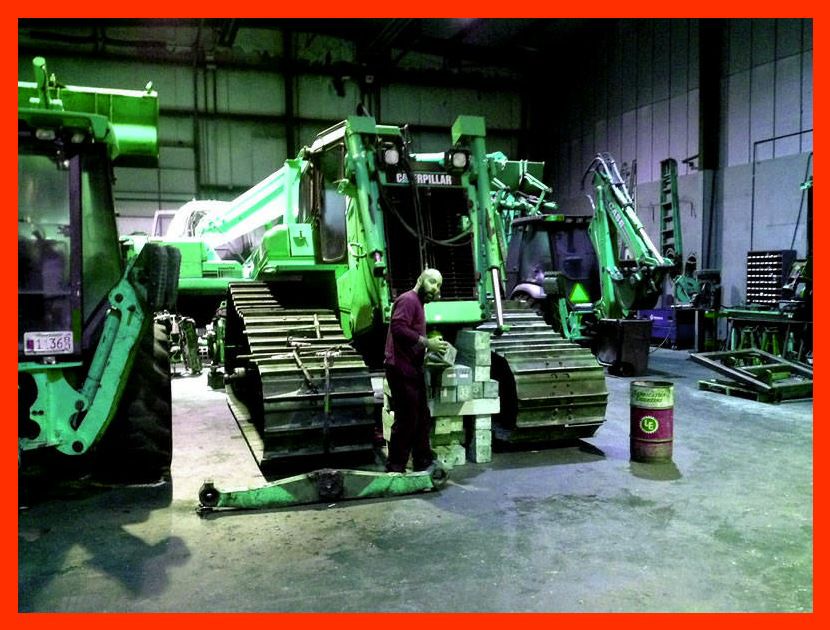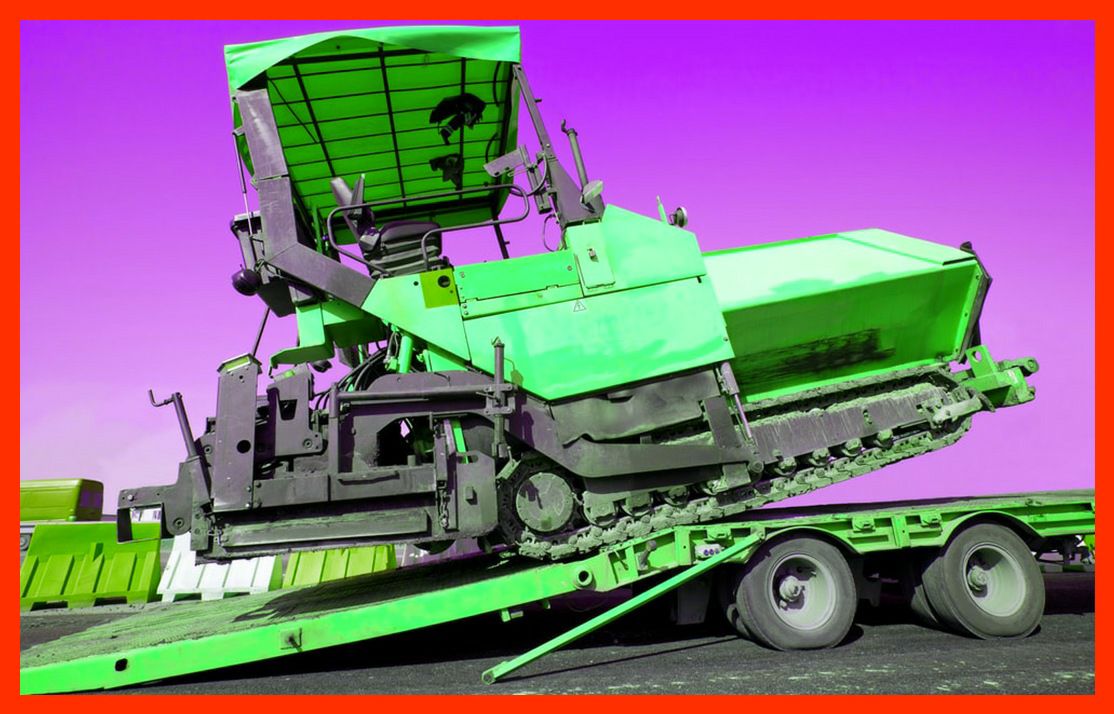
The Ultimate Guide to Heavy Equipment Leasing
If you’re looking for a cost-effective way to get your hands on heavy machinery without breaking the bank, you’ve come to the right place. Welcome to the world of heavy equipment leasing, where businesses and individuals can access a wide range of heavy machinery without the hefty price tag of purchasing. In this comprehensive guide, we’ll walk you through the ins and outs of heavy equipment leasing, answering your questions and providing valuable insights along the way.
Now, let’s dive into these topics in more detail.

1. What is Heavy Equipment Leasing?
Heavy equipment leasing is a cost-effective alternative to purchasing heavy machinery outright. It allows businesses and individuals to use heavy equipment for a specified period, usually several months or years, in exchange for regular lease payments. Think of it as a long-term rental agreement for heavy machinery like excavators, bulldozers, cranes, and more.
2. Benefits of Heavy Equipment Leasing
Leasing heavy equipment comes with a range of advantages:
- Cost Savings: Leasing typically requires lower upfront costs compared to buying.
- Access to the Latest Technology: You can stay competitive with access to the latest equipment.
- Tax Benefits: Lease payments may be tax-deductible as business expenses.
- Maintenance Included: Some leasing agreements include maintenance services.
- Flexible Terms: Tailor your lease to your specific needs.
3. Types of Heavy Equipment Available for Lease
Heavy equipment leasing covers a broad spectrum of machinery, including:
- Construction Equipment: Excavators, loaders, bulldozers.
- Transportation Equipment: Trucks, trailers, forklifts.
- Agricultural Equipment: Tractors, harvesters, plows.
- Mining Equipment: Drills, crushers, conveyors.
- Material Handling Equipment: Cranes, hoists, and more.
4. How Does Heavy Equipment Leasing Work?
Leasing heavy equipment is straightforward. You choose the equipment you need, agree on lease terms with the lessor (the leasing company), make regular payments, and use the equipment for your business operations. At the end of the lease term, you may have the option to purchase the equipment or renew the lease.
5. Factors to Consider Before Leasing Heavy Equipment
Before diving into a heavy equipment lease, consider the following:
- Your Equipment Needs: Assess your specific equipment requirements.
- Budget: Determine how leasing fits into your financial plan.
- Lease Terms: Understand the duration and flexibility of the lease.
- Lessor Reputation: Research leasing companies’ track records.
6. The Leasing Process: Step by Step
The process of leasing heavy equipment involves several steps:
- Equipment Selection: Choose the right machinery for your needs.
- Negotiating Terms: Discuss lease duration, payments, and options.
- Credit Approval: The lessor assesses your creditworthiness.
- Signing the Agreement: Once approved, sign the lease contract.
- Delivery and Inspection: Receive and inspect the equipment.
- Payment Commencement: Start making lease payments.
- Maintenance and Support: Utilize maintenance services if included.
- End of Lease Options: Decide whether to buy, return, or renew.
7. Finding the Right Leasing Company
Selecting the right leasing company is crucial for a successful heavy equipment leasing experience. Look for a company with a good reputation, transparent terms, and a track record of quality service. Reading reviews and asking for recommendations can be helpful in making your choice.
8. Costs Associated with Heavy Equipment Leasing
The costs of heavy equipment leasing can vary widely based on factors like equipment type, lease duration, and the lessor’s terms. Typically, you’ll make monthly lease payments. Some leases may include maintenance costs, while others require you to cover maintenance separately.
9. Maintenance and Repairs: Who’s Responsible?
Maintenance and repair responsibilities can differ between leasing agreements. Some leases include maintenance as part of the package, while others require lessees to handle maintenance independently. It’s essential to clarify these details before signing the lease.
10. Heavy Equipment Leasing vs. Buying: Pros and Cons
While leasing offers flexibility and cost advantages, buying heavy equipment has its merits too. Consider factors like long-term ownership, depreciation, and financing options when deciding which route is best for your business.
11. Case Studies: Real-World Examples
Let’s explore some real-world case studies where businesses benefited from heavy equipment leasing. These examples will provide you with insights into how leasing can be a game-changer for various industries.
Frequently Asked Questions (FAQs)
Now, let’s address some common questions about heavy equipment leasing:
1. What are the typical lease terms for heavy equipment?
Lease terms can vary, but they typically range from one to five years. Some leases may be shorter or longer, depending on the lessor’s policies and your needs.
2. Can I customize the lease terms to fit my needs?
Yes, many leasing companies offer flexible terms that can be tailored to your specific requirements. Discuss your needs with the lessor during negotiations.
3. Is insurance included in the leasing agreement?
Insurance is not always included in the lease. It’s essential to clarify whether insurance coverage is part of your lease or if you need to obtain it separately.
4. What happens if the equipment gets damaged during the lease?
The responsibility for equipment damage varies by lease. Some leases may include provisions for damage repair, while others may require you to cover repair costs.
5. Can I buy the equipment at the end of the lease?
Some leasing agreements offer a purchase option at the end of the lease term. If you want to buy the equipment, discuss this with the lessor during negotiations.



